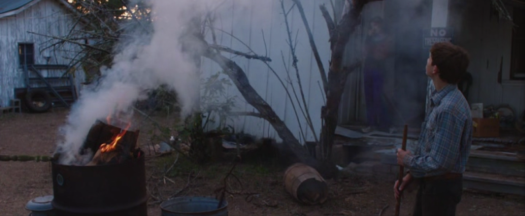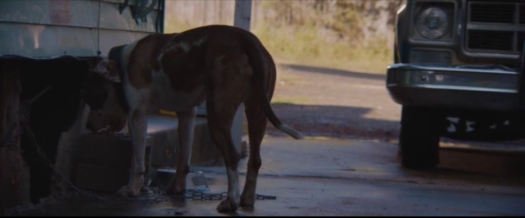David Cronenberg is one the few directors able to trigger great excitement in me when I hear they are working on a new movie. After the tiny little disappointment that was Cosmopolis to me, Maps to the Stars with just its name, almost made me collapse (I will explain that later). But it is true, that it took me a while to watch it… Anyway, it is with my heart beating faster and louder than I started being mesmerized by this blue space-like screen.
 The cast wasn’t that reassuring, despite Julianne Moore who is one of the best actress of her generation, and Mia Wasikowska who already showed tonnes of potential, I really apprehended John Cusack‘s acting, and I was sure right. While Julianne Moore dazzled me with an impressive performance, which sometimes gave me the chills, and Mia Wasikowska and Evan Bird‘s characters provoked in me bipolar reactions, John Cusack didn’t convinced me at all. I believe, his character wasn’t sufficiently explored and also needed a stronger, more imposant actor.
The cast wasn’t that reassuring, despite Julianne Moore who is one of the best actress of her generation, and Mia Wasikowska who already showed tonnes of potential, I really apprehended John Cusack‘s acting, and I was sure right. While Julianne Moore dazzled me with an impressive performance, which sometimes gave me the chills, and Mia Wasikowska and Evan Bird‘s characters provoked in me bipolar reactions, John Cusack didn’t convinced me at all. I believe, his character wasn’t sufficiently explored and also needed a stronger, more imposant actor.
As for the story, I don’t believe a synopsis may be provided. I’ll try to explain the movie with no spoilers and with a very metaphorical approach.
Thus, it is important to note that fire is at the core of the movie. Fire as a destructive feature, fire descending from the stars, fire as a metaphor for Hollywood inebriating capacity.
And another thing to take into account, is the poem repeated several times by Agatha, a shortened poem by Paul Eluard, one of his major work; Liberty.
“On my notebooks from school
On my desk and the trees
On the sand on the snow
I write your name
On the wonder of nights
On the white bread of days
On the seasons engaged
I write your name
On all flesh that says yes
On the forehead of my friends
On each hand that is held out
I write your name
By the power of the word
I regain my life
I was born to know you
And to name you
LIBERTY”
Paul Eluard being one of the pioneer of the surrealist mouvement, Liberty was written in 1942, during the german occupation. Here, its verses took a whole new significance. Below is a schema to show the different characters and their relationships:
 The story is set up in Hollywood. We are projected in the core of celebrities’ dramas and brutal world of depression, drugs and surreal competition.
The story is set up in Hollywood. We are projected in the core of celebrities’ dramas and brutal world of depression, drugs and surreal competition.
Let’s approach the movie as if Havana was the main character along with Agatha.
Stafford is a well known psychologist, who does lots of appearances on TV, positioned as a kind of guru. He’s helping Havana get rid of her mother’s obsession, which is presented as a disease. Indeed she has hallucinations, where, Clarice, who was a movie star, a sex symbol of her generation, kept on abasing her in the form of a ghost.
We understand throughout the movie that Havana was exposed to incestuous abuses from her before dying in a fire. However, the only thing that could get her out her madness, would be to play Clarice in the remake of the movie that made her famous; Stolen Waters.
And this obsession, just increased when Agatha showed up in front of her house, to be hired as her personal assistant. Why? Well, Agatha has the left side of face burnt.
 Strange coincidence. Havana develops a weird fascination and fake love for that girl she strongly associates with her deceased mother. Indeed, not only do they have fire in common, Agatha is also as young as was Clarice when playing in Stolen Waters. Therefore when she learns that her assistant is having sex with Jerome, a limo driver, she tries to seduce him, just to prove that she is more attractive than Agatha, and then more attractive than her mother.
Strange coincidence. Havana develops a weird fascination and fake love for that girl she strongly associates with her deceased mother. Indeed, not only do they have fire in common, Agatha is also as young as was Clarice when playing in Stolen Waters. Therefore when she learns that her assistant is having sex with Jerome, a limo driver, she tries to seduce him, just to prove that she is more attractive than Agatha, and then more attractive than her mother.
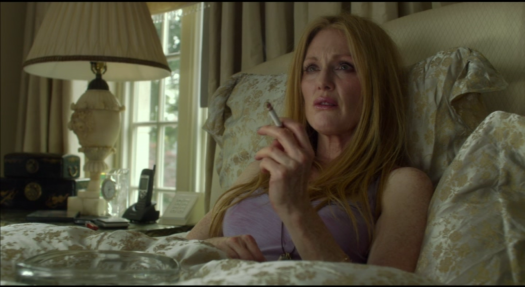 Bruce Wagner along with Cronenberg combines both psychologies and camera mouvement to support ideas. For example, while Agatha is several time sublimed by low-angles shots, the plot makes her appear as a fragile. With the sense of an almost broken girl, we watch her desperately trying to reconnect with her family, who left her in a psychiatric facility after her pyromaniac act explained at some point by potential visions of dead people. An act explaining also how she got the burns.
Bruce Wagner along with Cronenberg combines both psychologies and camera mouvement to support ideas. For example, while Agatha is several time sublimed by low-angles shots, the plot makes her appear as a fragile. With the sense of an almost broken girl, we watch her desperately trying to reconnect with her family, who left her in a psychiatric facility after her pyromaniac act explained at some point by potential visions of dead people. An act explaining also how she got the burns.
She came from Florida to California searching for her brother, Benjie who appears to be also subject to similar hallucinations.
The poem she constantly sings, “I regain my life
I was born to know you”, guide her through her quest, and link them to one another. However, the unstable, oppressive, surrealist spree of Hollywood, messed up with her mind, as roughly as it did for all our characters.
Cronenberg, hid many symbolic details, and the tremendous work we have to do while watching Maps to the Stars is as exciting and tiresome as following the plot, but necessary. A strong critic towards Hollywood’s business is done.
The despair, the pain, the disturbing elements of each characters’ life formed a heavy sphere of overwhelming feelings.
 How to gain liberty when so many aspects of your life are insurmountable?
How to gain liberty when so many aspects of your life are insurmountable?
To go back to the title, a few months ago, I finished a 1993 TV Show, created by Oliver Stone and wrote by Bruce Wagner who’s also the screenwriter of Maps to the Stars, Wild Palms. Where I saw this:
 The two works are both dystopian, hollywoodien critics. And many similarities have popped into my eye. The wide white spaces:
The two works are both dystopian, hollywoodien critics. And many similarities have popped into my eye. The wide white spaces:

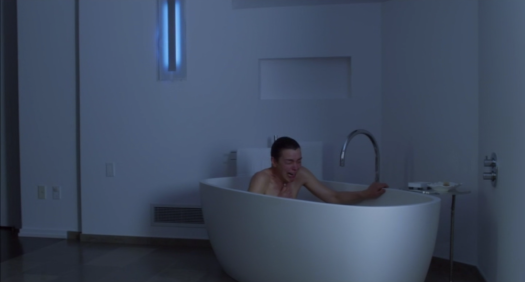
The hallucinations, the harmful effects of cinema, and even Stafford vs. Kreutzer characters have great similarities.
Both works are to put into perspective, even though, the Cronenberg’s obsession with technology and advance science is absent in Maps to the Stars whereas oddly strongly present in Wild Palms.
Anyway, to go back to the movie, a surreal setting, surreal events, surreal reactions and psychologies, all controlled by fire. And I suggest every one of you, to watch (or re-watch) the movie with that in mind, it will than have a bigger impact on you, and you will see beyond what is said. Fire links Clarice to Havana to Agatha to Cristina. The four main women characters.
We might tend to dig deeper into the place of the woman in Hollywood by seeing Maps to the Stars as a denunciator of the stereotyped young, beautiful, flawless actress, opposed to the old, the disfigured one or just the one who couldn’t be an actress, so put all of her efforts and faith into her child.
I believe Maps to the Stars is a work that needs high recognition and interest, because lots of efforts were made to put it all together, and provide an exhaustive piece of work with many facets.
Ps: It is also the movie that directly links David Cronenberg to his son Brandon (based on his first long feature Antiviral).

 If the film was predictable, either in its development or in its end, some events caused profound intern confusions.
If the film was predictable, either in its development or in its end, some events caused profound intern confusions. Frank escaped prison, while in the hospital recovering from an appendicitis he jumped through the window.
Frank escaped prison, while in the hospital recovering from an appendicitis he jumped through the window.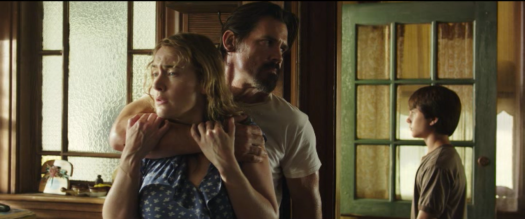 I also asked myself if Reitman was aware of those ridiculous aspects while directing his movie, or adapting the novel of Joyce Maynard into a screenplay. While Kate Winslet perfectly embodied her character, with which I strongly empathized to some extent, and Josh Brolin who just fit into his comfort zone, I didn’t understand that story, and some of its aspects.
I also asked myself if Reitman was aware of those ridiculous aspects while directing his movie, or adapting the novel of Joyce Maynard into a screenplay. While Kate Winslet perfectly embodied her character, with which I strongly empathized to some extent, and Josh Brolin who just fit into his comfort zone, I didn’t understand that story, and some of its aspects.

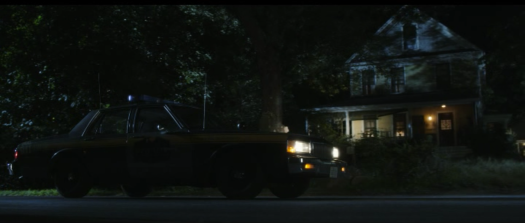











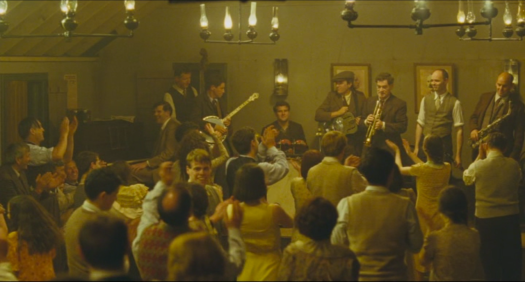



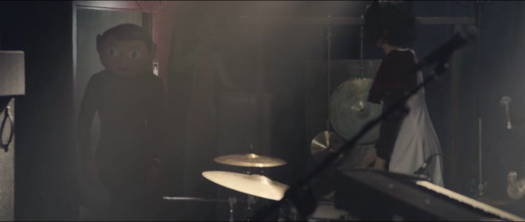


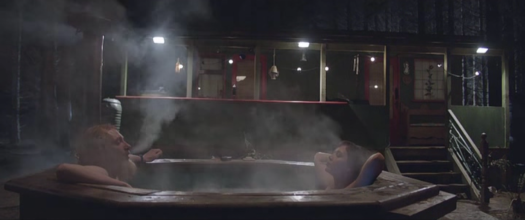
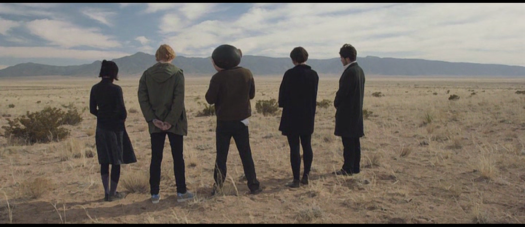









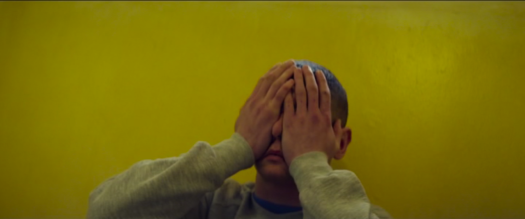
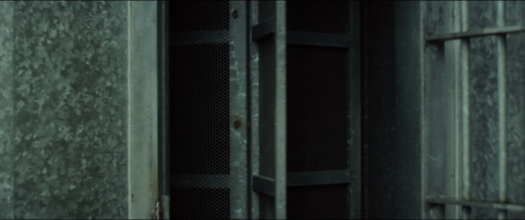
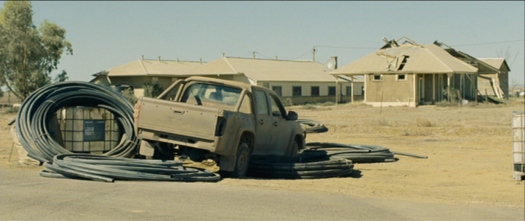

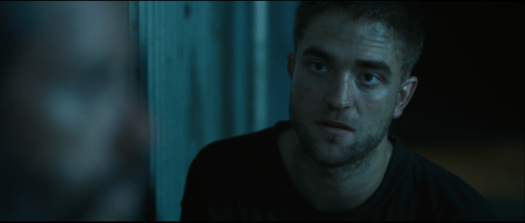



 Strange coincidence. Havana develops a weird fascination and fake love for that girl she strongly associates with her deceased mother. Indeed, not only do they have fire in common, Agatha is also as young as was Clarice when playing in Stolen Waters. Therefore when she learns that her assistant is having sex with Jerome, a limo driver, she tries to seduce him, just to prove that she is more attractive than Agatha, and then more attractive than her mother.
Strange coincidence. Havana develops a weird fascination and fake love for that girl she strongly associates with her deceased mother. Indeed, not only do they have fire in common, Agatha is also as young as was Clarice when playing in Stolen Waters. Therefore when she learns that her assistant is having sex with Jerome, a limo driver, she tries to seduce him, just to prove that she is more attractive than Agatha, and then more attractive than her mother.
 How to gain liberty when so many aspects of your life are insurmountable?
How to gain liberty when so many aspects of your life are insurmountable? The two works are both dystopian, hollywoodien critics. And many similarities have popped into my eye. The wide white spaces:
The two works are both dystopian, hollywoodien critics. And many similarities have popped into my eye. The wide white spaces:


